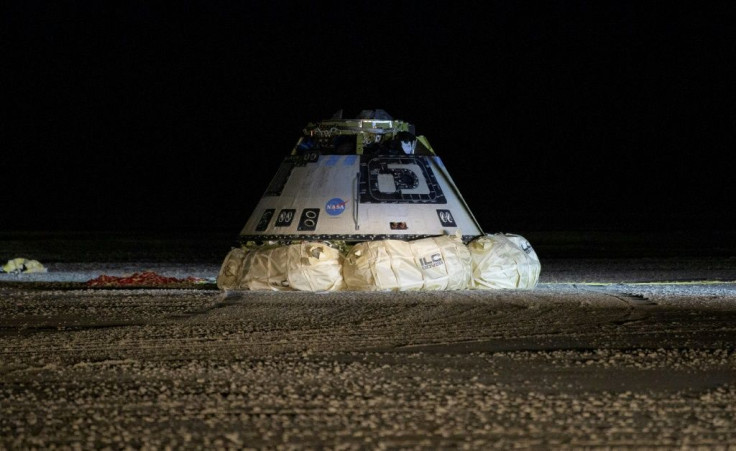NASA Hits Boeing With 80 Recommendations Before Next Space Test

NASA has drawn up a list of 80 recommendations that US aerospace giant Boeing will have to address before attempting to refly its Starliner space capsule, following the failure of an uncrewed test last year.
The recommendations primarily concern the on-board software, which was the main problem with the flight test last December.
The capsule could not be placed in the correct orbit, due to a clock error, and a had to return to Earth after two days instead of docking with the International Space Station as planned.
Boeing subsequently learned that other software problems could have caused the capsule and the rocket to collide at the time of separation, a potentially very dangerous event if the flight had been crewed.
Most of the problems identified run deep and are organizational, for example NASA's verification procedures. The space agency has been a client of Boeing's for decades, but seems to have placed too much faith in its historic partner.
"Perhaps we were a little more focused on SpaceX," said Steve Stich, manager of NASA's Commercial Crew Program, in a call with reporters.
SpaceX, a relative newcomer to the space industry, is the other company chosen by NASA to develop a crewed vessel -- but unlike Boeing, its Crew Dragon successfully completed its uncrewed test flight in 2019, then its first crewed flight in May, with two astronauts on board.
Starliner's next attempt could take place in "the latter part of this year," added Stich, without making a guarantee. Boeing won't therefore be able to carry astronauts until at least 2021, while SpaceX's second crewed flight is set to take place this summer.
© Copyright AFP {{Year}}. All rights reserved.





















